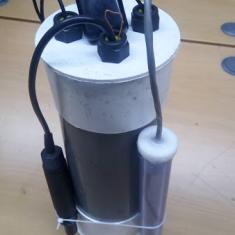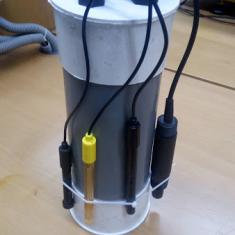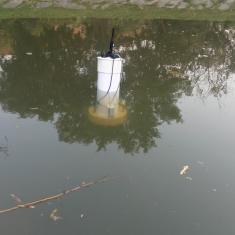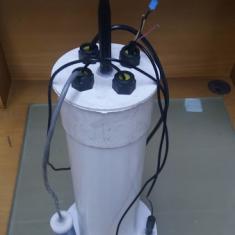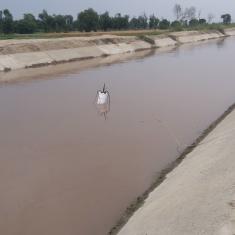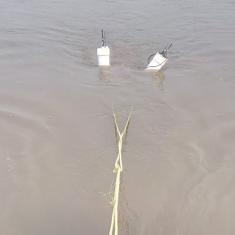Water Quality Surveillance
Developing countries lack proper wastewater management systems and infrastructures. Wastewater from different sources like urban, untreated industrial waste, agricultural pesticides runoff and animal waste gets discharged into canals, streams and rivers. This results in a detrimental quality of surface water which can lead to adverse effects on the ecosystem and human socio-economic needs and physical health. Highly saline water or low levels of dissolved oxygen can cause destruction to aquatic ecosystems as well. According to the World Wildlife Fund’s Living Planet Index 2016, freshwater species declined by 58 per cent between 1970 and 2012. Furthermore, if highly saline water is used for irrigation it can deteriorate soil quality resulting in reduced and low-quality agricultural yields.
Understanding the gravity of these issues and to tackle them urgently with effectiveness, Center for Water Informatics and Technology (WIT) at Lahore University for Management Sciences (LUMS) has developed a Lagrangian sensor system which is capable of logging spatially distributed water quality data in real time from various water bodies like drains, canals, streams and rivers with GPS location. It can measure the physicochemical parameters of water quality such as, pH, dissolved oxygen, electrical conductivity, oxidation-reduction potential, temperature and turbidity. This system uses IoT (Internet of Things) technology, extendable hardware and open-source software in order to achieve commercial stability which is of relevant importance in developing countries like Pakistan.

